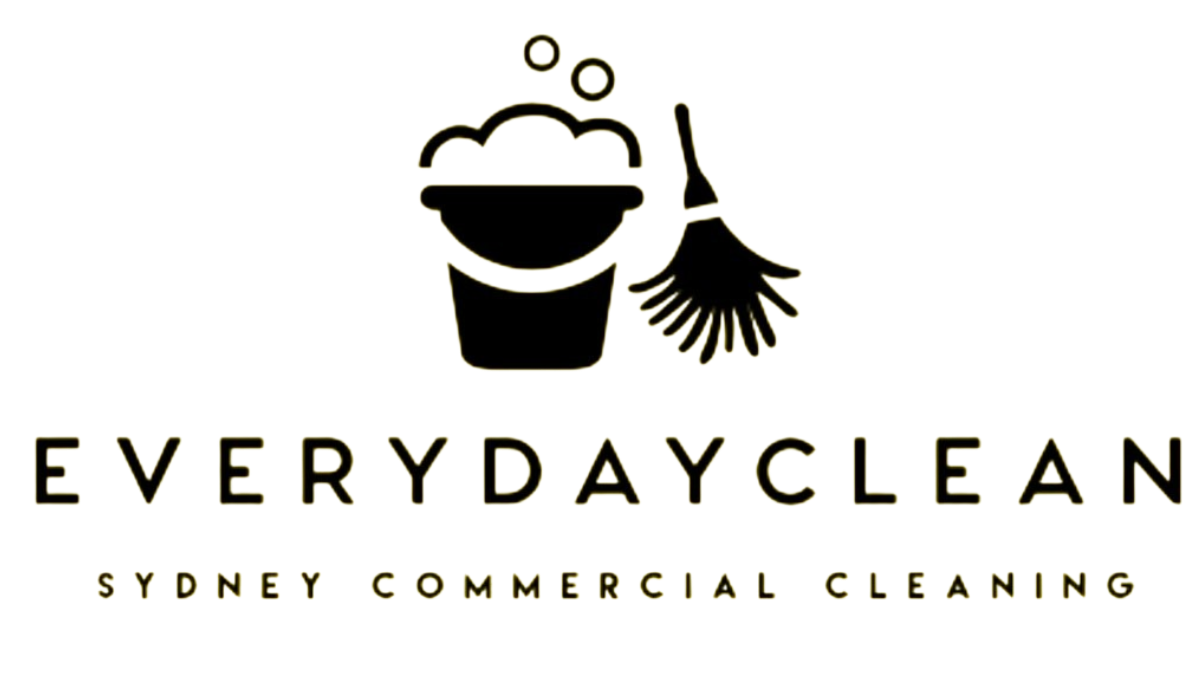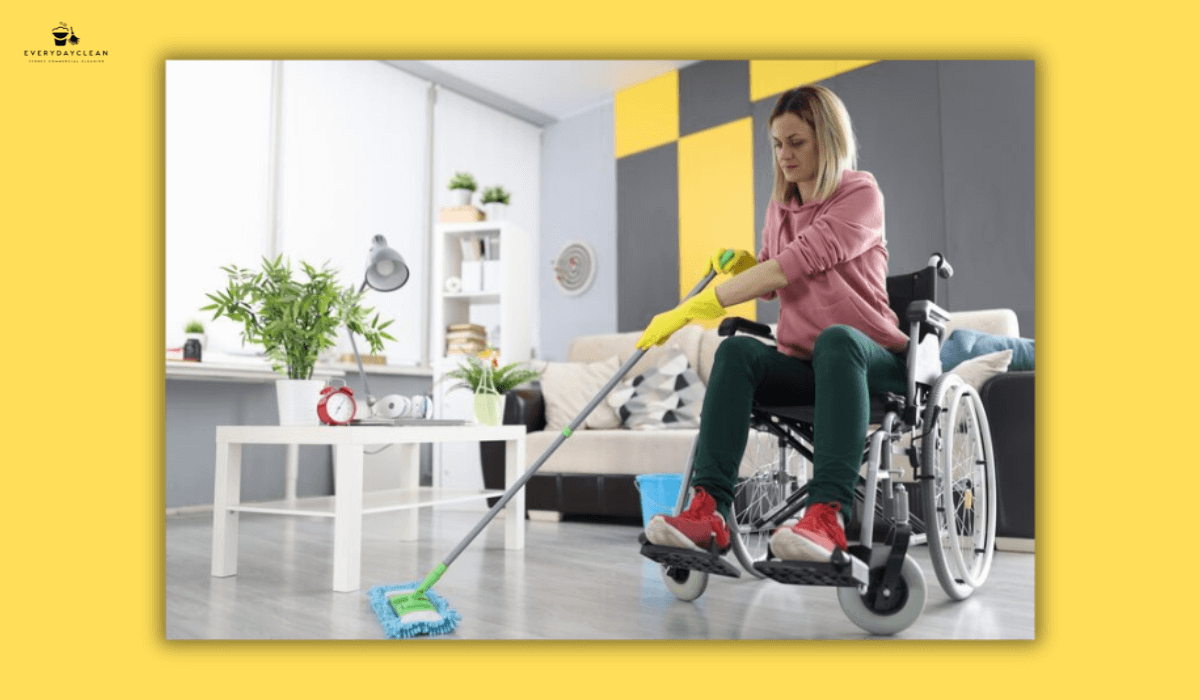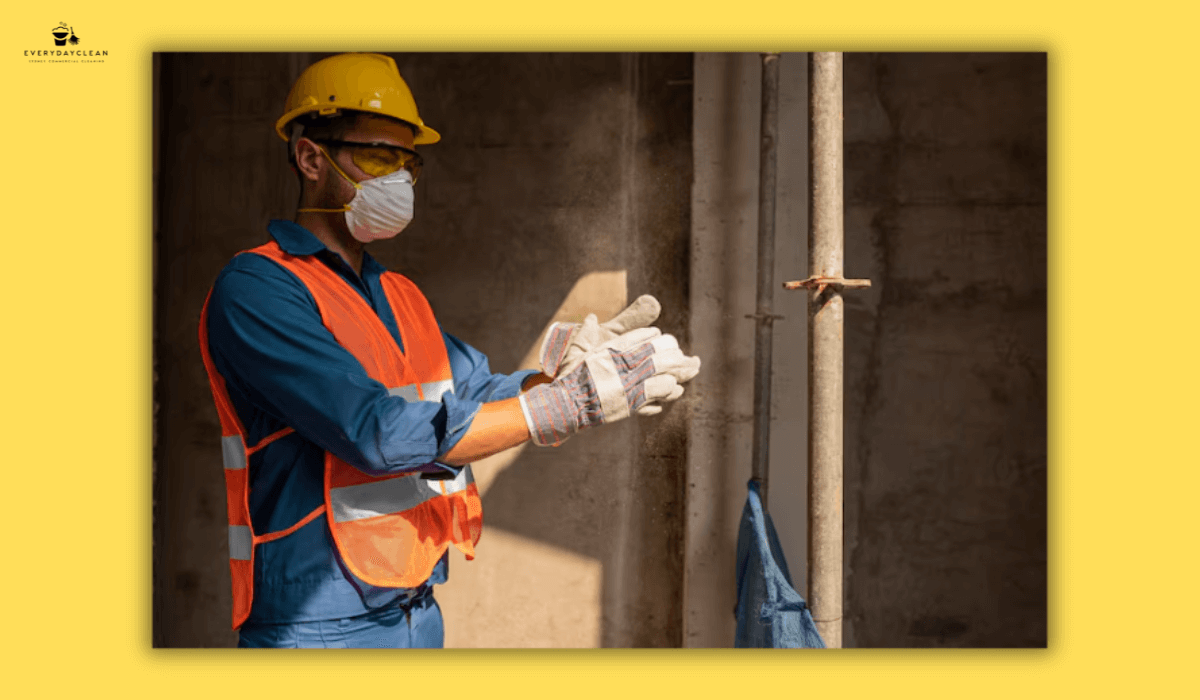Cleaning Solution for Medical Equipment: Safe & Effective Options
Cleaning medical equipment requires precision, safety, and the right type of chemical solution. The most effective cleaning solutions include alcohol-based disinfectants, enzyme-based cleaners, and non-corrosive formulas designed to eliminate pathogens without damaging sensitive tools. Whether used in hospitals, dental clinics, or general practices, each cleaning agent must comply with stringent hygiene standards and manufacturer guidelines. This guide explains the types of cleaning solutions used, when to apply them, and how to keep equipment both sterile and long-lasting.
Why Choosing the Right Medical Equipment Cleaning Solution Matters
Selecting the correct cleaning agent isn’t just a matter of preference—it directly impacts hygiene standards, tool longevity, and compliance. Here's why these choices matter.
- Prevents damage to delicate surgical and diagnostic instruments
- Ensures compliance with infection control protocols (e.g. AS/NZS 4187)
- Reduces cross-contamination risks in patient care environments
- Enhances staff and patient safety during equipment reuse
Choosing the wrong solution can degrade tools, leave harmful residues, or compromise cleaning effectiveness.
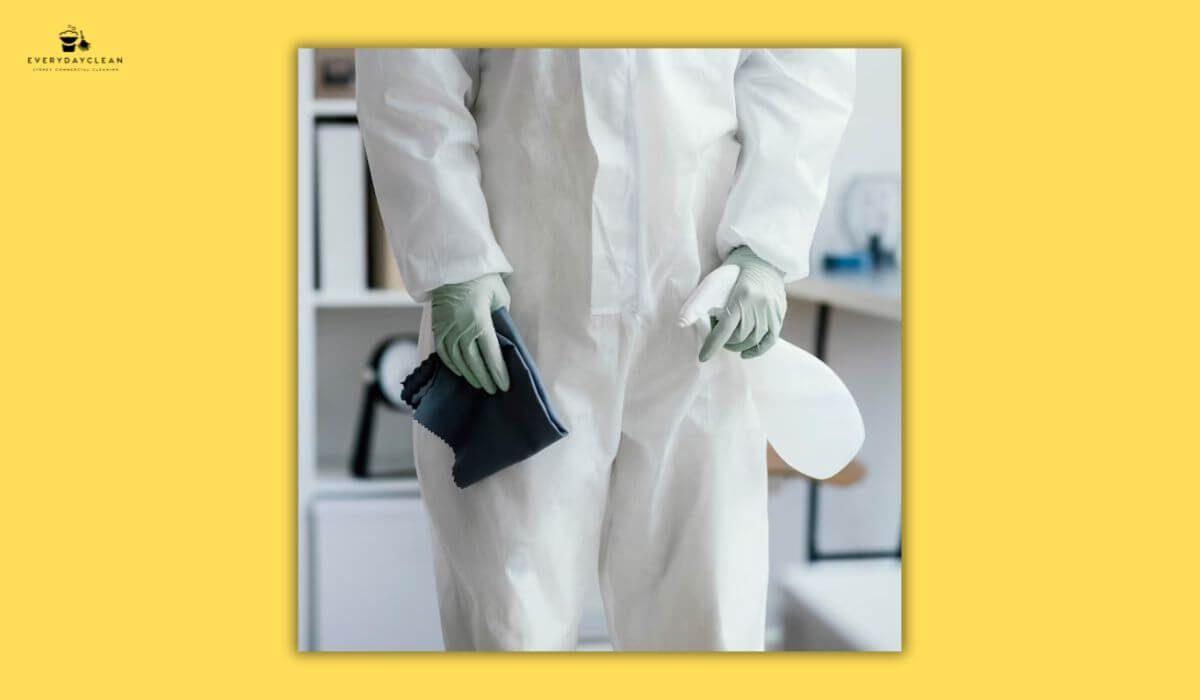
Categories of Cleaning Solutions for Medical Devices
Different cleaning agents serve different functions across pre-cleaning, disinfection, and sterilisation. This section outlines the most common types used in medical-grade cleaning.
Alcohol-Based Disinfectants
Alcohol-based disinfectants are widely used across healthcare facilities for their fast action and residue-free drying.
- Effective against bacteria, certain viruses, and fungi
- Typically made with ethanol or isopropyl alcohol (60–90%)
- Ideal for non-porous surfaces like metal or glass
- Quick-drying, which makes them suitable for electronic tools
Enzyme-Based Cleaners
An enzyme cleaner (medical-grade) is essential for dissolving organic material before disinfection or sterilisation.
- Breaks down blood, proteins, and tissue remnants
- Often used for endoscopes, scalpels, and surgical trays
- Applied as the first step before disinfectant or sterilisation
- Biodegradable and safe on a wide range of materials
Non-Corrosive Cleaning Agents
Non-corrosive solutions are vital for sensitive equipment and tools with fine surfaces or electrical components.
- Includes neutral pH detergents and biodegradable surfactants
- Safe for ultrasonic cleaning systems
- Prevents rusting, micro-pitting, or etching of surfaces
- Compatible with stainless steel, plastic, and composite materials
How to Select a Cleaning Solution for Medical Equipment
Not all solutions work on all devices. Here are the key criteria when selecting the correct cleaning product:
- Device type: Reusable vs single-use, critical vs non-critical
- Material compatibility: Steel, rubber, silicone, or glass
- Manufacturer instructions: Always follow the label and device IFUs
- Cleaning objective: Light soil removal vs deep disinfection vs sterilisation
This selection process is a key part of how we deliver tailored, compliant results in our
medical cleaning service for Sydney practices.
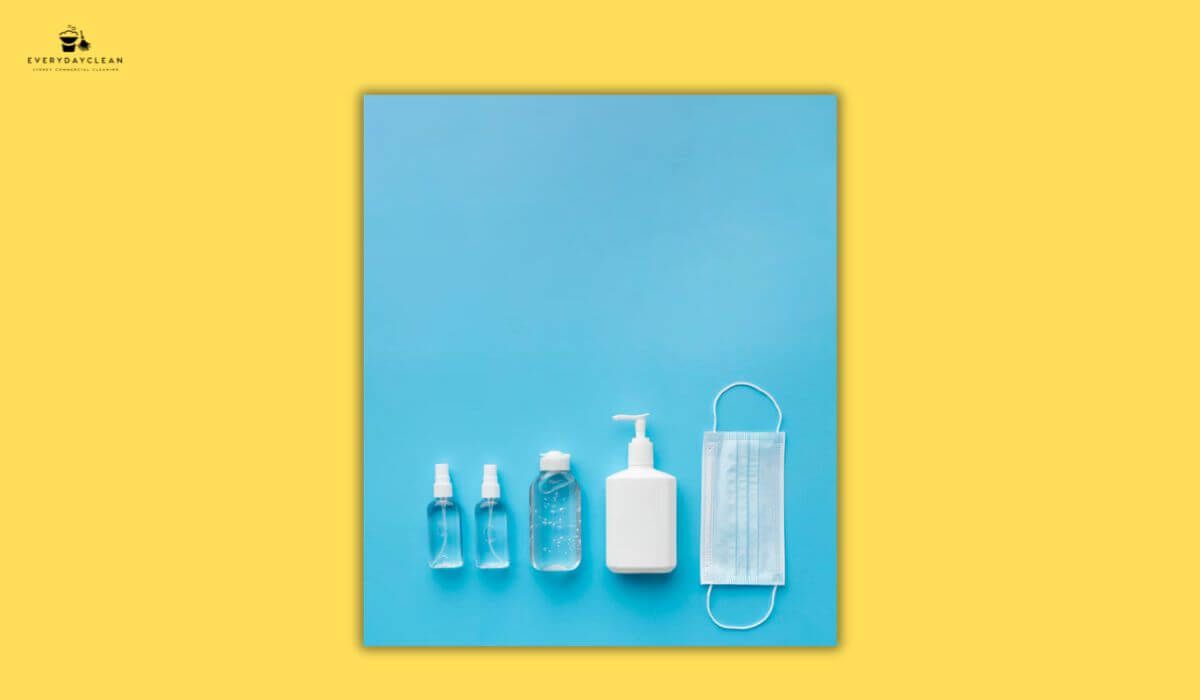
Cleaning vs Disinfection vs Sterilisation: What’s the Difference?
Understanding these cleaning stages helps ensure each tool receives the correct level of hygiene.
| Process | Purpose | Typical Products Used |
|---|---|---|
| Cleaning | Removes visible dirt and organic residue | Enzymatic cleaners, neutral detergents |
| Disinfection | Kills most microbes (not all spores) | Alcohol-based disinfectants, quaternary ammonium |
| Sterilisation | Destroys all microbial life, including spores | Steam, EtO gas, hydrogen peroxide vapour |
Each step builds upon the last—cleaning must occur before any disinfection or sterilisation can be effective.
Application Methods and Tools
Cleaning effectiveness isn’t just about the solution—it’s about how it’s applied. This section outlines the most commonly used methods in professional settings.
Manual Cleaning (Soaking & Scrubbing)
- Used for basic surgical tools and trays
- Involves agitation with soft brushes
- Requires proper contact time for solution efficacy
Ultrasonic Cleaning Systems
- Ideal for jointed or grooved instruments
- Uses cavitation with non-corrosive solutions
- Reaches areas that manual scrubbing often misses
Automated Washer-Disinfectors
- Standard in hospitals and surgical centres
- Provides consistent cleaning cycles
- Reduces human error and improves compliance
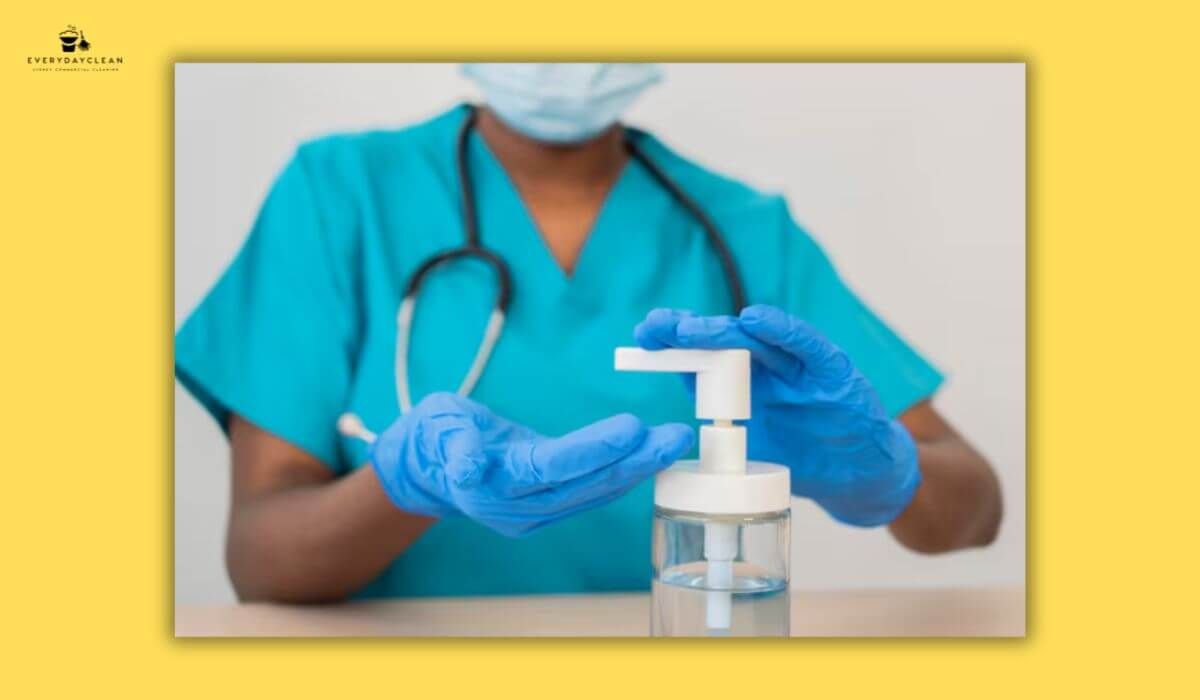
FAQs About Cleaning Solutions for Medical Equipment
Here are some of the most common questions people ask about safe and effective cleaning solutions for medical equipment.
1. What type of cleaning solution is best for surgical instruments?
Enzymatic cleaners are recommended for organic debris, followed by a neutral detergent or alkaline formula, depending on the tool material.
2. Are there FDA- or TGA-approved cleaning solutions for medical equipment?
Yes. These products are lab-tested for safety, efficacy, and material compatibility in healthcare environments.
3. What’s the difference between enzymatic and alkaline cleaning solutions?
Enzymatic cleaners dissolve organic matter like blood, while alkaline ones break down fats and biofilm. Enzymatic types are generally gentler.
4. Can eco-friendly cleaning solutions be used in medical settings?
Yes, provided they meet disinfection standards and are certified for medical use. Look for biodegradable, non-toxic labels with medical-grade approvals.
5. What’s the correct process for applying cleaning solutions to medical devices?
Pre-rinse → Apply cleaning solution per dilution instructions → Scrub or agitate manually/ultrasonically → Rinse → Disinfect or sterilise → Dry completely.
EverydayClean’s Commitment to Medical-Grade Hygiene
At EverydayClean, we understand the importance of using the right cleaning solution for medical equipment. Our teams work with TGA-approved agents—whether enzyme-based, non-corrosive, or alcohol disinfectants—and use the correct method for every tool type. We follow Australian standards to ensure hygiene and compliance in every medical environment we service.
👉 Contact EverydayClean today for trusted, hospital-grade cleaning solutions in Sydney.
Author’s Box
Author: Everyday Clean Content Team
Everyday Clean is Sydney’s trusted provider of commercial cleaning solutions, including pools, gyms, offices, and strata properties. Our licensed professionals use advanced, eco-friendly equipment to deliver safe, compliant, and spotless results. With deep experience across Sydney’s hospitality, fitness, and residential sectors, we help facilities maintain inviting, healthy environments that guests trust.==
